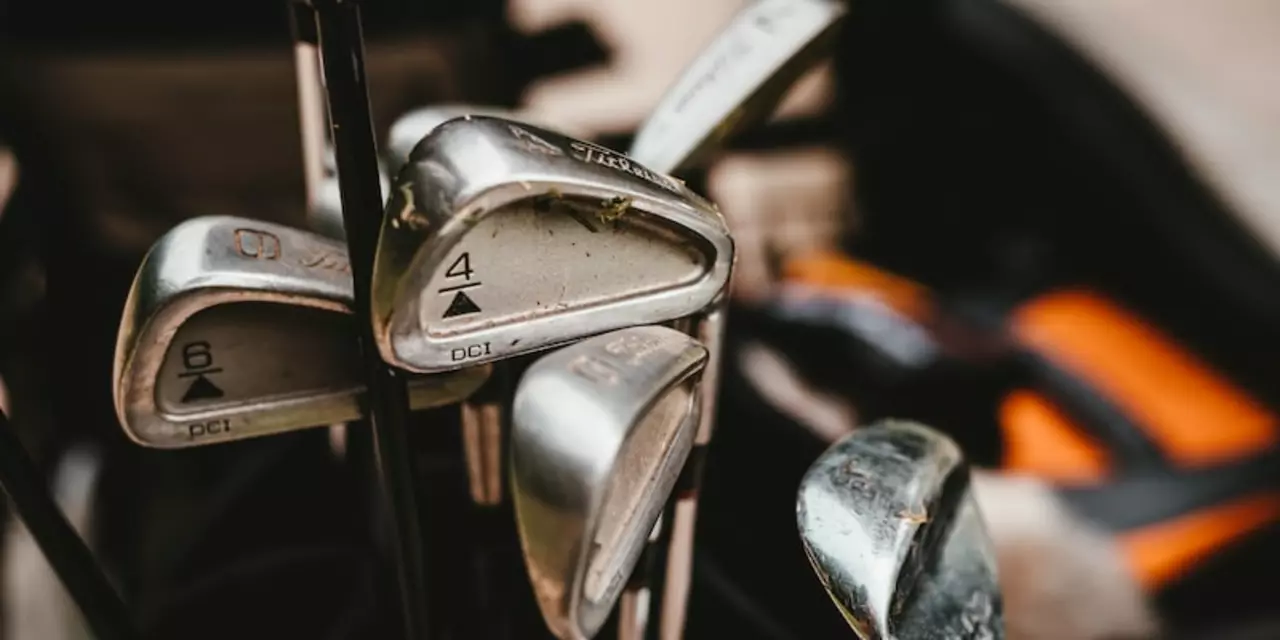Buying: How to Make Smart Purchases
When you think about Buying, the act of acquiring goods or services in exchange for money, you’re really asking yourself three things: How much will it cost, what will I get for that cost, and why does it matter to me? Those questions line up with three key ideas – price, the monetary amount attached to a product or service, cost, product review, an evaluation of a product’s features, performance, and reliability, and consumer decision, the process a shopper follows to choose one item over another. Understanding how these pieces fit together makes any purchase feel less like a gamble and more like a plan.
First, price sets the stage. It’s the simplest metric you see on a tag, but it hides layers of meaning. A low price can signal a discount, a clearance, or perhaps lower quality. A high price might mean premium materials, advanced tech, or simply a brand premium. In the post about the Xiaomi 17 Pro Series, the headline points out a price that aims to undercut Apple, showing how price drives competition and consumer attention. Looking at price alone, though, can be misleading – that’s where value, the perceived benefit you receive compared to what you pay steps in.
From Value to Verdict: Why Reviews Matter
Next up, product review, a detailed look at how a product performs in real‑world use bridges price and value. A review tells you whether the specs line up with everyday needs. Take the article on personal electric golf carts in Key West – it breaks down street‑legal requirements, battery range, and safety tips. Those details turn a generic price tag into a clear picture of usability. When you read a review, you’re essentially calibrating your own consumer decision engine, weighing pros and cons based on actual experience rather than marketing hype.
Finally, the consumer decision, the mental steps you take before clicking “Add to Cart” is the culmination of price, value, and reviews. It’s influenced by timing (sales periods, seasonal demand), personal goals (upgrading gear, saving money), and context (traveling to a tournament, needing a new club). The post about the best places to sit at the Masters shows how a fan’s decision to spend money on tickets depends on seat location, view quality, and overall experience. Similarly, the piece on early golf club manufacturers gives a historical lens that can shape a collector’s buying choice.
All these threads—price, product review, consumer decision, and value—interact in a simple chain: Buying encompasses evaluating price, requires product reviews, and is guided by consumer decisions that create perceived value. That chain is the heartbeat of any smart purchase, whether you’re eyeing a new smartphone, an electric golf cart, or a set of classic clubs.
Below, you’ll find a curated set of articles that dive deeper into each of these aspects. From storm alerts that affect school closures (showing how external events can shift buying priorities) to the mechanics of shaft stiffness in golf clubs (highlighting technical details that matter), the collection offers practical insights to help you turn every shopping moment into a confident, informed choice.

What is the beginner's guide to buying a new golf club set?
This article provides a comprehensive overview of the factors one should consider when purchasing a new golf club set. It explains the types of clubs available, the importance of fit and how to select the appropriate clubs. It also offers advice on buying pre-owned clubs and how to save money by purchasing a complete set. Finally, the article provides tips on how to care for golf clubs and how to test them on the course. In summary, this article provides an informative guide on how to buy a new golf club set, outlining the types of clubs, fit and care considerations, and cost-saving tips.